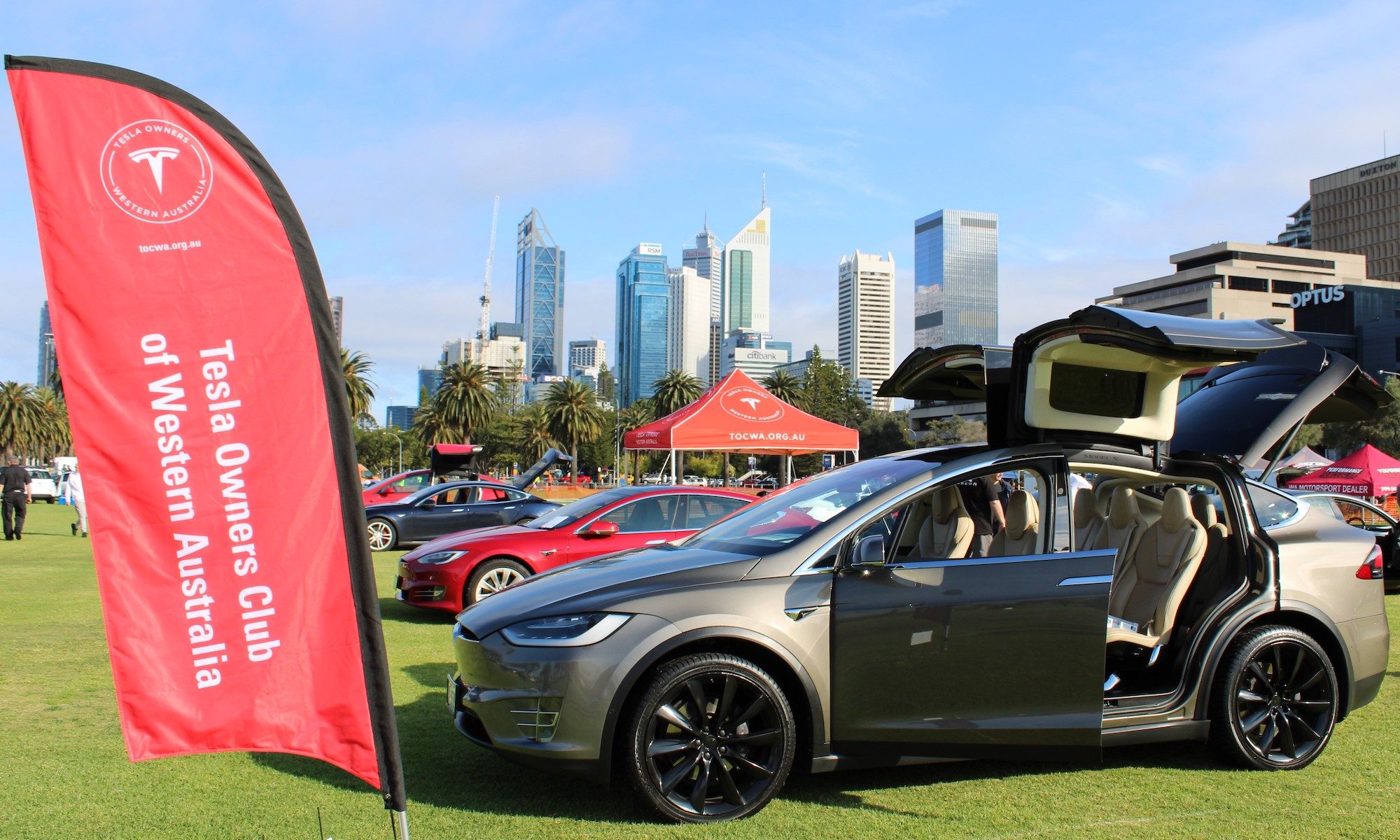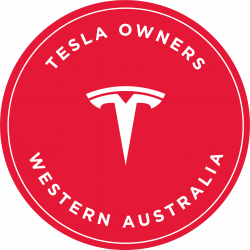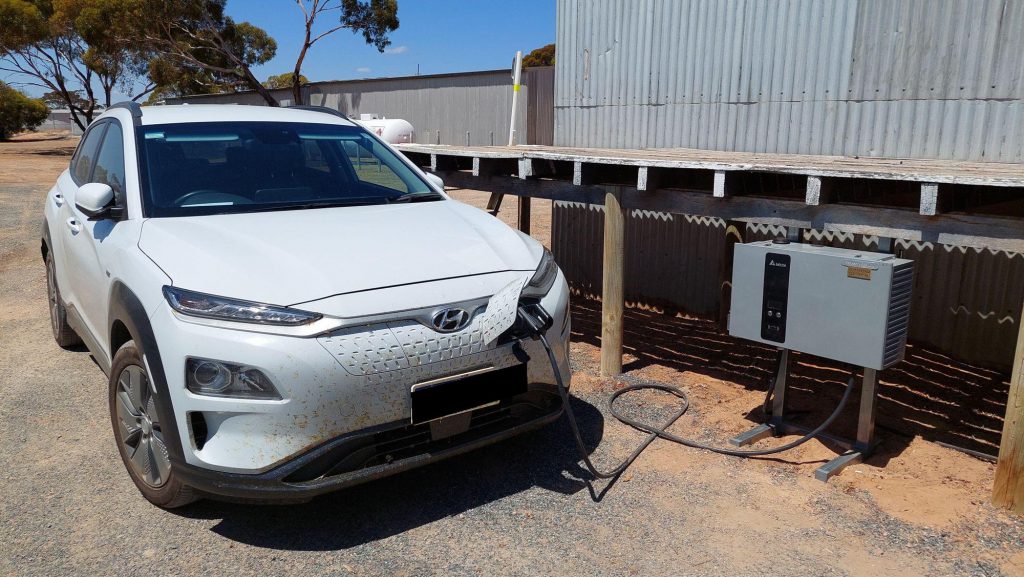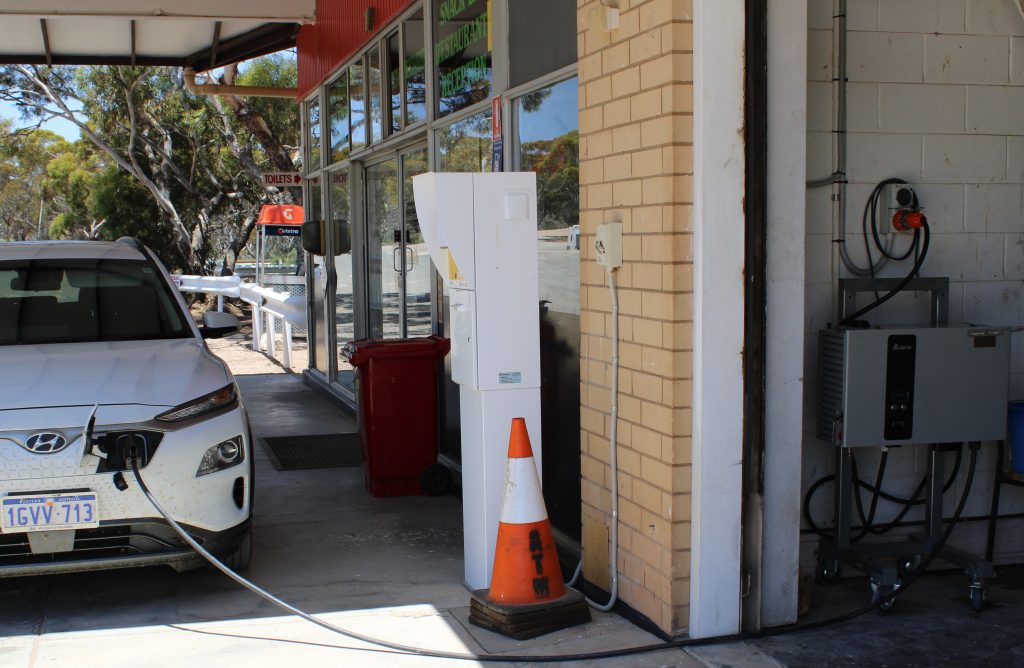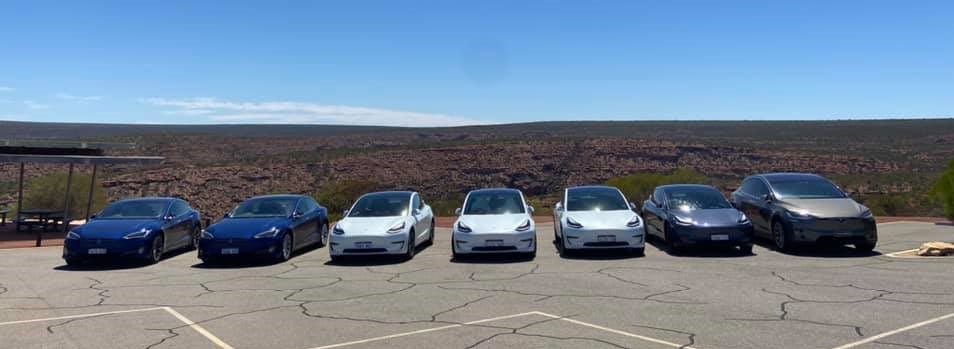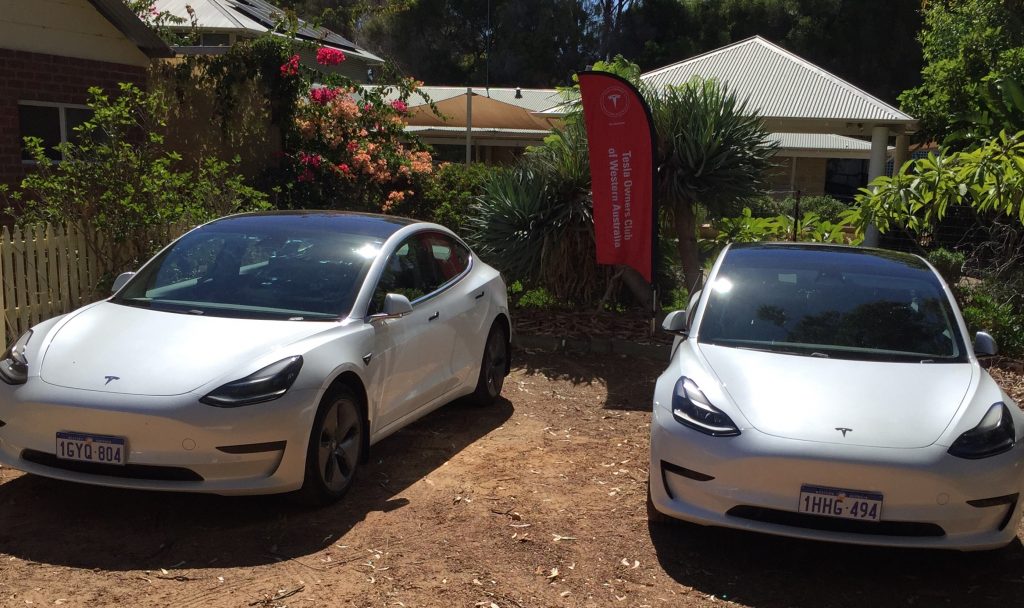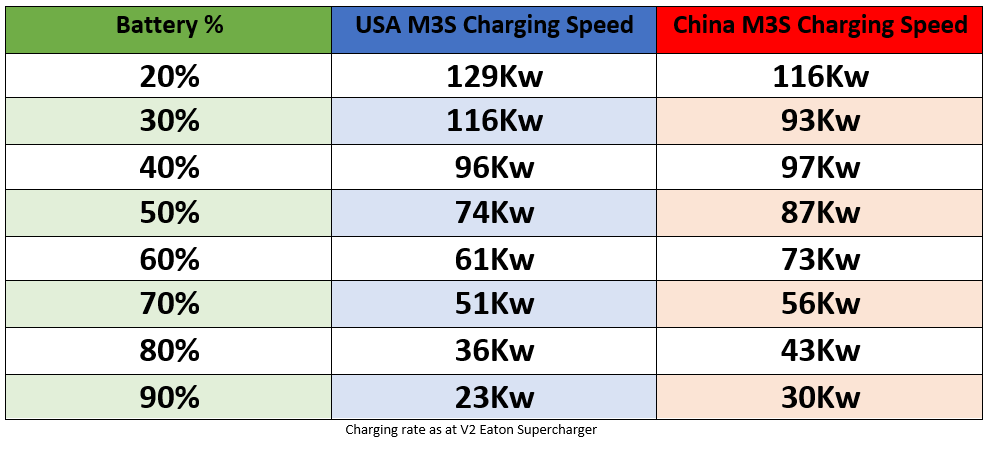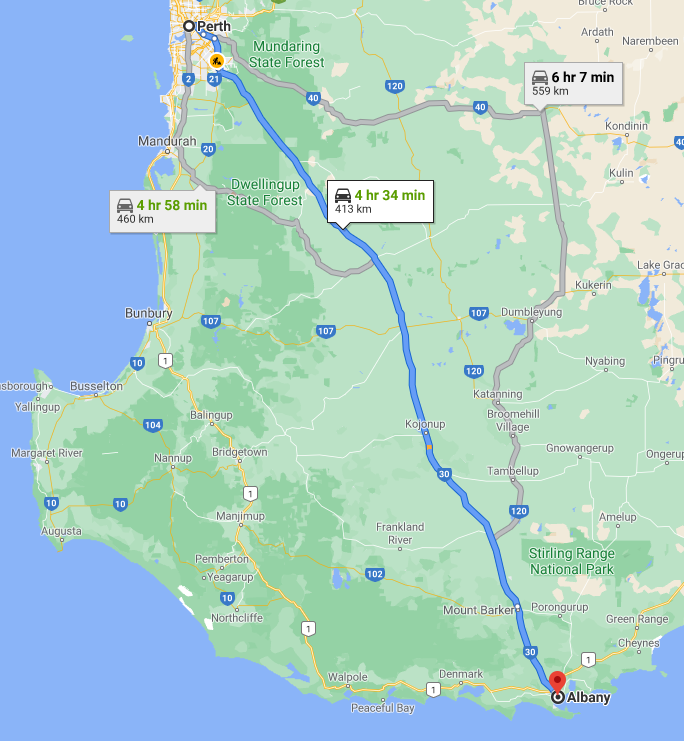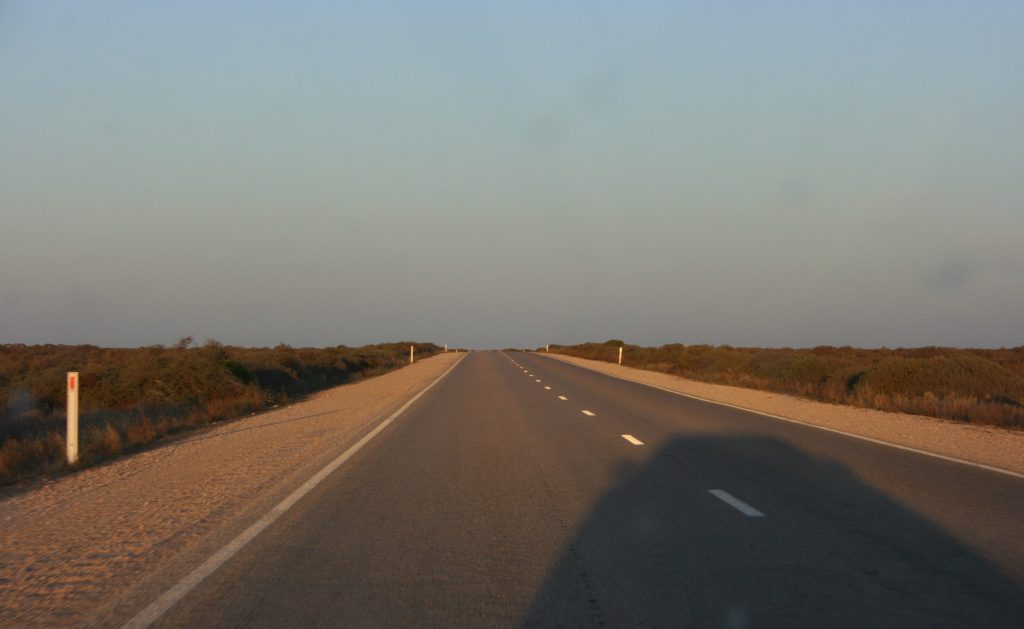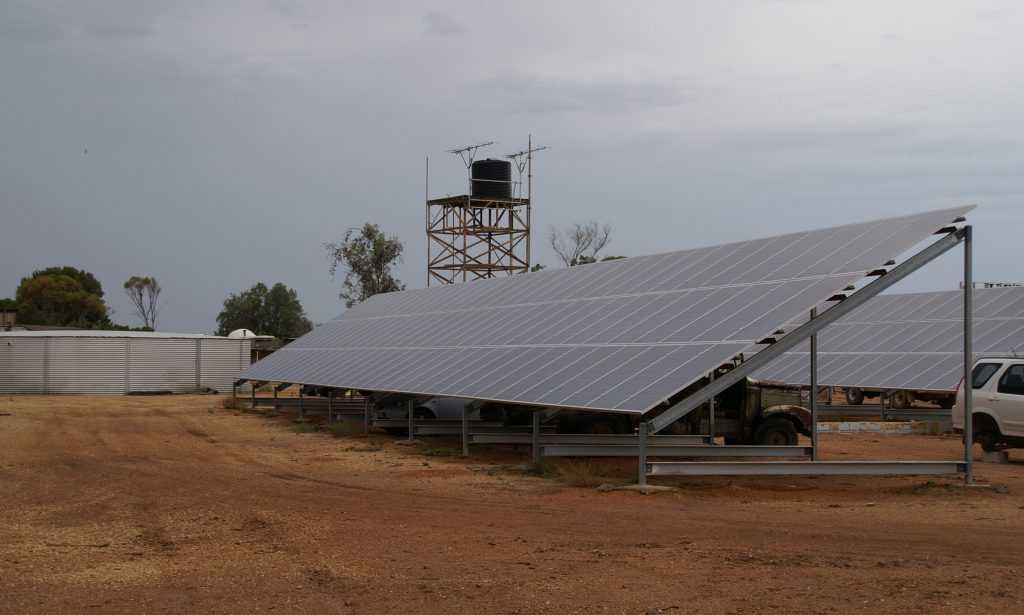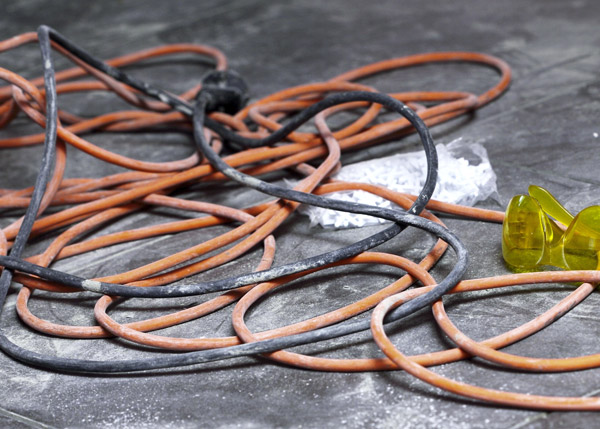Having waited nine months for their Model S to arrive, it’s no wonder Rob and Robin refer to their Model S P85D as their “baby”. Back in 2015 Tesla deliveries in Western Australia were fairly rare, there was no delivery centre, no showroom, no service centre or local Tesla employee to hand over the cars. Each delivery experience was unique. In Rob and Robin’s case, Tesla sales requested they collect their Model S from a transport depot in Canning Vale a suburb in Perth, Western Australia. The car was clean, charged to 90% and the key fobs were handed over with little fuss. There was no one trying to sell window tinting or seat protection, less talk and more driving, the way it should be.
The car had plenty of features but only two they really cared about, firstly it was insanely fast, and second, they could charge it from their excess home solar power. In those days the Deans “couldn’t care less about supercharging, software updates, autopilot or the massive touchscreen on the dashboard.” They also weren’t bothered by the fact that in 2015 Tesla was a very small car company, living on the edge, with no service or support within 3,000kms of Perth, but to them it was worth the risk to support the only car maker taking EVs seriously.
The plan for the car was fairly simple, have some fun, take a regular weekend drive camping and attend a few car shows, maybe clock up 20,000 kms per year. The only long trip Rob & Robin had initially planned was in winter of 2016 when they were preparing to drive from Perth to Broome and back, but that trip turned out to be so enjoyable it became a catalyst for many more trips to all parts of Western Australia and eventually a visit to every state and territory including:
Home (Mandurah) -Exmouth-Broome return, 4,900kms June 2016 AC charging only
Home-Shark Bay return 1,800kms November 2016 AC only
Home-Albany-Esperance-Kalgoorlie-Perth return 2,000kms April 2017 AC only
Home-Adelaide return 5,600kms December 2017
Home-Tom Price- Newman-Marble Bar-Port Hedland-Onslow-Exmouth return 4700kms April 2018 AC only
Home-Kalgoorlie-Leinster-Yalgoo-Shark Bay return 3,100kms October 2018 AC only
Around Australia clockwise including Tasmania 19,620kms Sept-Oct 2019
Home- Exmouth- Yardie Creek-Kalbarri- return 2,800kms June 2021
Home-Eucla-Esperance return 3,000kms January 2022
More than a dozen other trips between 700 and 1,800kms at 140 overnight destinations.
Seven years and 250,000 kms later they still love the car as much as they did the first week they had it, so much so, they can’t wait to buy another Tesla. This time it will be the Model Y which they plan to use as their second car, because they say they’ll never sell the Model S P85D.
To hear more about Rob and Robin’s experience with their Model S click on the video below or try the following URL: https://youtu.be/7uvoFdJsmDM
I interview OG Tesla owners Robin and Rob Dean to get the first-hand account with their 7-year old Model S after they recently competed 250,000 kms in the P85D.
Q&A:
How has the battery held up?
In short, it’s not an issue, it’s all been as expected. After 250,000kms the car’s range is 420km in the city and 370km on the highway which is roughly 10% less than new, but as expected, the first 5% of battery degradation was much faster than the last 5% which is now barely noticeable.
What are your total out-of-pocket running costs? I just had the 4th set of tyres fitted, the average lifespan has been 81,000kms per set. I’ve kept with Michelin’s paying between $350 and $410 per tyre fitted. All up including two minor repairs it’s added up to $4660.
How much do you think you’ve saved on fuel?
Who cares? Well okay, put it this way, if the bloke up the road had the time to drive his less powerful and slower high performance V8 250,000kms over the past 7 years he would have consumed $39,000 worth of fuel at city prices. If I paid full grid price for the electricity consumed the cost would be $11,500, the fact is charging has cost us virtually nothing as most charging has been free from our home solar system. The car also comes with free lifetime supercharging and most of the AC charging we’ve done around Australia has been complimentary and the few dollars spent on DC charging is immaterial.
What about servicing?
It’s often incorrectly claimed that Teslas don’t need servicing; it all depends on how much the owner values their vehicle. As this car spends a large amount of time far away from a service centre, I’m happy to spend some cash making sure it’s in the best possible condition. $1,300 over 250,000kms is money well spent.
Any warranty repairs?
At 160,000kms Tesla replaced the rear drive unit due to the milling noise showing up in some early Model S vehicles, the car was in the care of Tesla service for just a few hours. The MCU was replaced at 220,000kms under a recall due to a potential eMMC failure, this took half a day at Tesla service.
What don’t you like about your Model S?
The paint appears soft and has suffered more than previous cars have from loose stones (chip seal) on country roads. Tesla also make unnecessary changes to the charging screen via software updates. At one stage, the Tesla charging screen was perfect, but not anymore. Some bored tinker-man in California adds complexity for no reason.
What has turned out to be surprisingly good beyond your expectations?
As I said earlier Supercharging didn’t interest me, and to be honest if it didn’t exist I’d still be just as supportive of EVs, but after experiencing the simplicity, reliability and convenience of Tesla Supercharging on both sides of Australia I can see how important the Supercharging network is to encouraging everyday Australians to change from petrol to electric transport.
